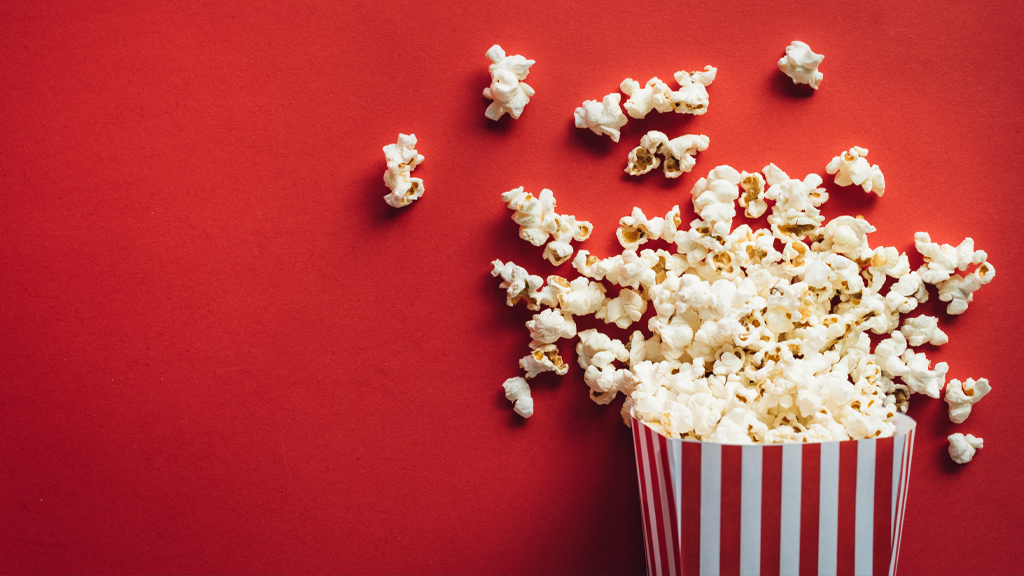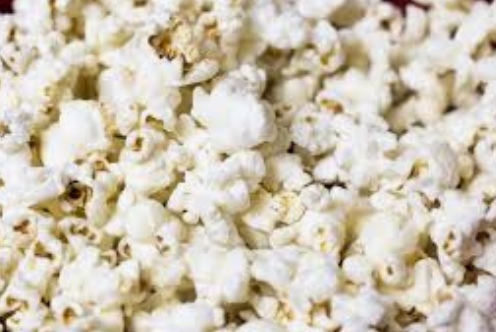Informal Education | Daily Do
How Does Some Corn Pop?

Disciplinary Core Ideas Is Lesson Plan NGSS Phenomena Science and Engineering Practices Informal Education
Sensemaking Checklist




Introduction
In today's Daily Do, How does some corn pop?, families participate in a Dinner Table Discussion (see below) about the phenomenon of popping corn. This sensemaking discussion has four parts:
- Families raise the question "How does corn pop?" by introducing the phenomenon of popping corn. Students and their families observe how popcorn pops making careful observations about what they are seeing both before and after the kernels pop.
- Families ask students to explain what they currently understand about how and why they think the corn pops.
- Families prompt students to generate questions about how and why some corn pops.
- Families read an article and do an activity together to find some answers to their questions about how and why some corn pops and some does not.
How does some corn pop?
Have you ever eaten popcorn out of the bag and stopped to wonder how it pops? Have you ever watched popcorn pop in an air popper, a bag in the microwave, or a pan on the stove? If you have, did it make you wonder, "How does some corn pop?"
In today's Daily Do, we will figure out how popcorn pops!

Introducing the Phenomenon & Raising the Question
Many students are familiar with popcorn, but many have never seen popcorn pop. Introduce the phenomena by playing the short video linked above. You may want to play it a few times.
After the video, you may want to have some popcorn on hand (or pop some!) for your students to snack on as you engage them in a discussion. Prompt them with some leading questions, such as:
- Do you think the popcorn you're eating started as a kernel too?
- What do you notice about the appearance of the corn before and after popping?
- Do you think any kind of corn can pop?
Tell us what you know...
Encourage your students to explain to you what they know (or think they know) about why corn pops. Ask them to “explain the science of why corn pops”. Students will attempt many varieties of explanations, but our goal here is not to distinguish between right vs wrong answers or ideas. Rather, we want to foster discussion about the “how” and the “why” of certain kernels of corn popping into a white fluffy snack.
Accessing Prior Knowledge
Students may also call on knowledge from previous grade levels during this part of the discussion.
- Early elementary (grades K-2) students may mention that they know when things 'cook' they can change. They might also talk about how the corn appearance changes from things that look like seeds to a white-yellow fluffy food.
- Upper elementary students (grades 3-5) may mention heating or cooling a substance can cause changes that can be observed. Sometimes these changes are reversible and sometimes they are not.
- Middle or high school students may talk about energy, and how when energy is added it changes the kernel somehow. Some may know that a kernel is a seed and seeds contain 'stuff' so maybe whatever is inside the seed is cooking.
All of these connections to ideas and learning opportunities at previous grade levels should be encouraged by asking follow up questions such as:
“Can you tell me more about that?”
“How do you know that?”
What questions do you have?
You can say something like “It sounds like we have more questions than answers. What questions do you have about how and why some corn pops?” Encourage students to ask as many questions as possible that are relevant to the discussion.
Common questions could include:
-
Does all corn pop?
-
What is inside the kernel?
-
Why don't some kernels pop or only pop a little?
-
How is all that white stuff inside that tiny kernel?
-
How hot does popcorn need to get to pop, would it pop if we left it in the sun?
-
Where does popcorn come from?
Pursuing Common Questions
Read the Scientific American article Explore the 'POP' in Popcorn (as a family or individually) and consider completing the activity in part or in whole as a family. High school students could engage in this activity independently. Younger students will need more assistance. After reading the article and completing the activity, ask your students the following questions:
-
What is one new thing you learned that you didn’t know before?
-
Which of our original questions did we answer in our discussion and by reading the article?
-
What other questions do you have about how popcorn pops, where it comes from, or other general questions?
How does some corn pop?
Now that we understand more about how and why corn pops, it makes us wonder other things about phase changes. If you and your students would like to pursue another activity connected to this Dinner Table Discussion, check out the What happened to our ice? Daily Do.
NSTA Collection of Resources for Today's Daily Do
NSTA has created a How does some corn pop? collection of resources to support teachers and families using this task. If you're an NSTA member, you can add this collection to your library by clicking ADD TO MY LIBRARY located near the top of the page (at right in the blue box).
Check Out Previous Daily Dos from NSTA
The NSTA Daily Do is an open educational resource (OER) and can be used by educators and families providing students distance and home science learning. Access the entire collection of NSTA Daily Dos.


